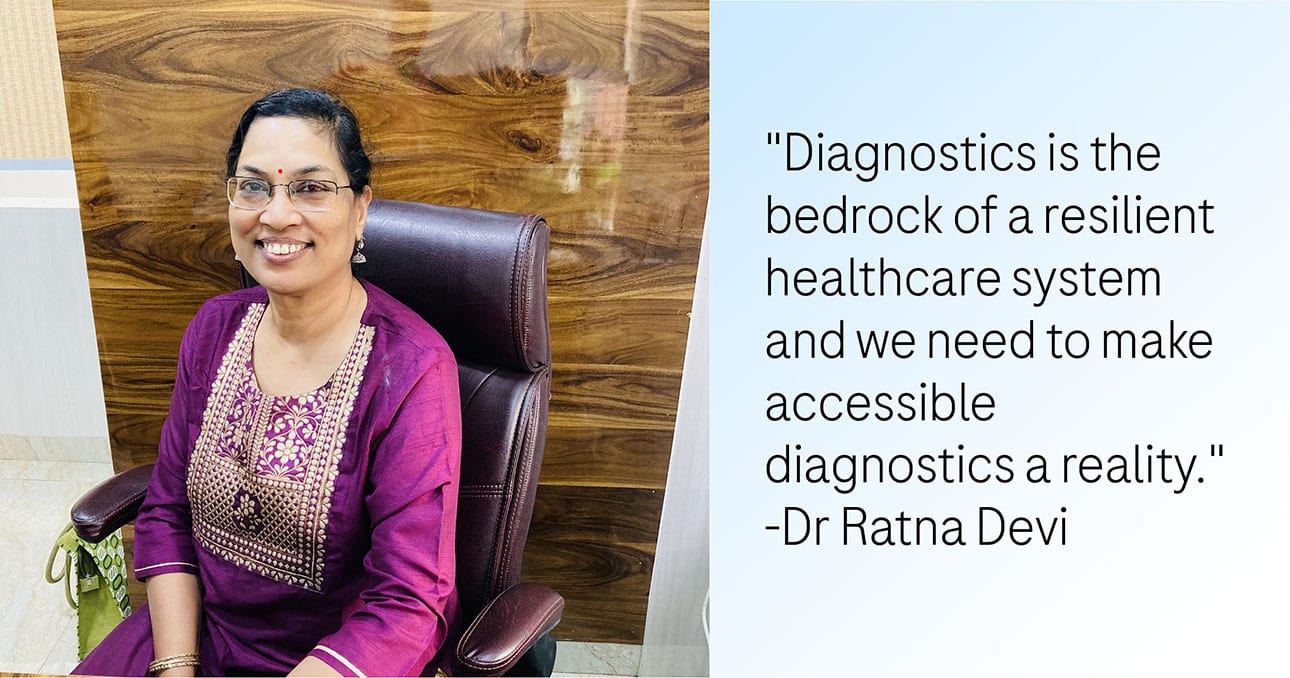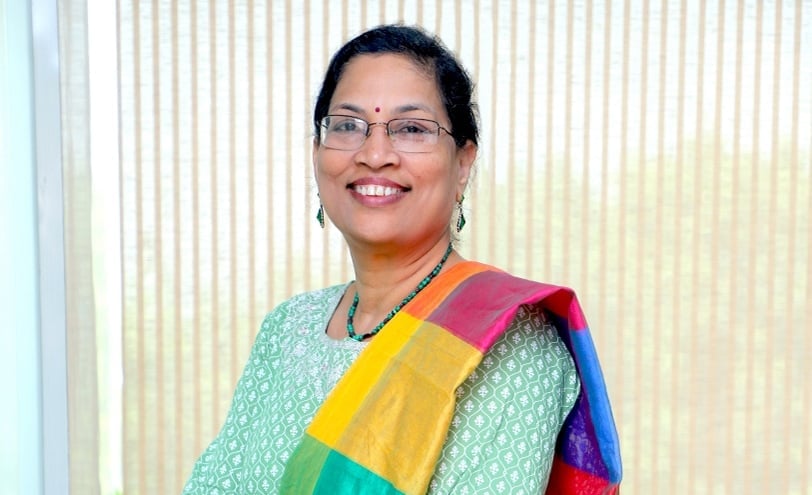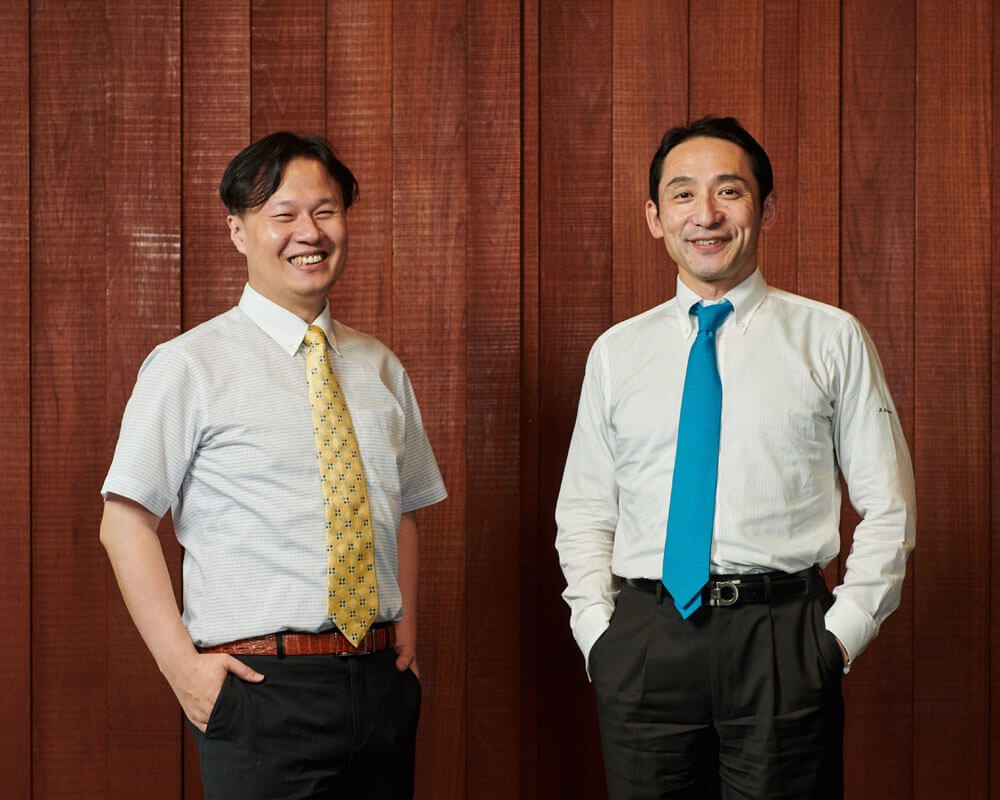For more than 30 years, Dr Ratna Devi has been championing the cause of patients. In this interview, she sheds light on her experience as Director, Patient Academy for Innovation and Research, and Immediate Past Chair of the International Alliance of Patients’ Organizations (IAPO). As she sums it up, “Higher patient engagement leads to better outcomes, better experience and consequently a reduction in healthcare costs.”

1.Increasingly, healthcare systems in Asia are adopting value-based models of care. But how empowered are patients in their healthcare journey?
Traditionally, healthcare systems in Asia Pacific can be best described as paternalistic, where doctors are treated with reverence and patients don’t question their decision-making process. In low and middle income countries like India, we perceive patient engagement as the patient being compliant to follow their doctor’s advice. However, true patient engagement goes beyond compliance. It includes the patient becoming knowledgable and informed about their health and voicing their options for treatment. We see more and more patients forming groups and driving conversations by challenging existing models of care. This is bringing about a positive change in the healthcare environment.
2. According to you, what are some concerns patients in India have with regard to healthcare in general? And how could they be addressed?
India is a large and complex country with a diverse set of languages, beliefs, and cultures. We struggle with uneven healthcare access, a focus shifting toward speciality care, poor affordability and low literacy. Lack of awareness and education about managing illnesses force patients to adopt medicine-centric care. This vicious cycle of treating the sick can lead to negative health outcomes, more chronic illnesses and a poor overall patient experience. Governments, policymakers and healthcare providers are beginning to realise that healthcare decision making founded on diagnostic evidence is gathering momentum and has a huge role to play in providing patients the best treatment outcomes. Doctors can lean on evidence-based judgment while factoring patients’ needs and values.

3. To what extent would treatment be made easier if individuals who are at risk were more engaged with their healthcare process?
For Indians, healthcare has always taken a backseat. Lack of awareness coupled with stressful and unhealthy lifestyles have led to a significant increase in the incidence of diseases like hypertension and diabetes. Given how skewed the doctor-patient ratio is in the country, the need to take charge of one’s health has become even more relevant. Higher patient engagement leads to better outcomes, better experience and consequently a reduction in healthcare costs. Currently, we don’t have systems in place for regular check-ups or continuous monitoring. This puts added burden on the existing healthcare system. We have to shift mindsets from what has traditionally been sick-care and instead focus on preventive care. There needs to be a collective effort to accelerate timely screenings and diagnostics.
4. How would an increase in access to early diagnostics drive interest in proactive screening?
A lack of diagnostic testing culture has led to an increase in the number of young Indians having chronic cardiovascular diseases, hypertension and diabetes. Considering our healthcare system will never be able to catch up with the rising demand of care, we need to take necessary measures to reduce our chances of a health catastrophe.
There is a saying, good health is true wealth. And being healthy means you are constantly monitoring yourself. It’s like taking your car for annual checks, which helps reduce maintenance costs in the long term. The same analogy applies to humans. If prevention is better than a cure, then we should urge people to pursue regular screenings as a way to prevent or slow down the course of an illness. By detecting health disorders early on, we are able to tackle the risk factors and improve our quality of life. Diagnostics is the bedrock of a resilient healthcare system and we need to make accessible diagnostics a reality.
5. What recommendations would you have for policymakers and stakeholders in the healthcare sector to improve the quality of care?
Our healthcare system is extremely fragmented. With a population of over 1.3 billion scattered across urban and rural India, the country has a unique healthcare challenge. Indians face many obstacles from the moment they are diagnosed until they seek treatment and even after. Even after an initial diagnosis, challenges persist. There is a big disparity in urban and rural healthcare infrastructure, with more doctors and healthcare providers present in urban areas while the majority of the population live in rural parts of the country and suffer from a lack of primary health care facilities.
Delivering quality care is a social responsibility that every country must take into consideration. At a policy level, we need to design our healthcare delivery model such that it is more integrated, accessible and easy for a patient to seek treatment when necessary. There is also a need to adopt technology, wherever possible, to streamline processes and reduce the patient-load burden. If we implement some of these measures, we have a positive outlook in the future. It’s better to start today, than never.
*The information contained in this article was extracted from Edition 2022, Vol 12.






